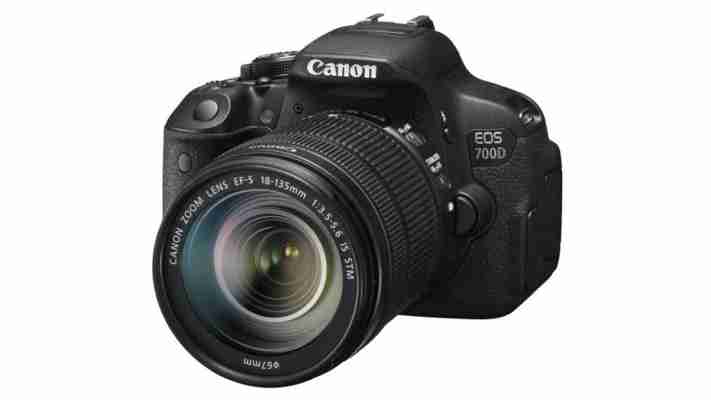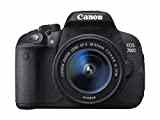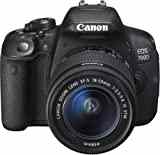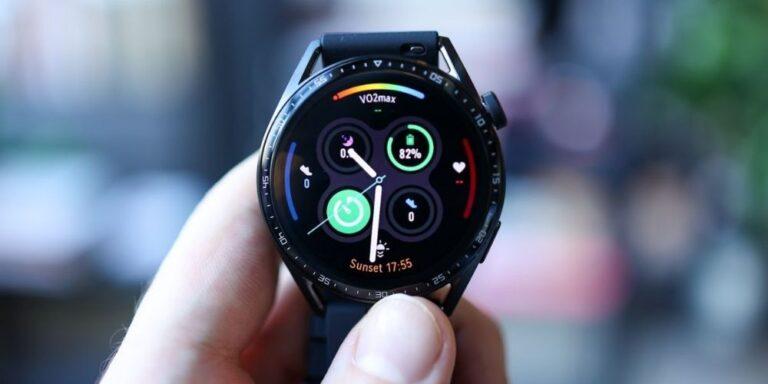Canon EOS 700D Canon EOS 700D review: A great camera, but surpassed by the 750D
The Canon 700D is one of the greatest mid-range cameras of all time. However, cameras like the 700D aren't novels or albums and so, they must eventually stand aside for something better. In this case, that'll be the Canon 750D , launched alongside the EOS 760D in February 2015. While the 760D caters for enthusiasts (with a top-mounted information LCD and extra mode dial) the more basic 750D has fewer controls and is aimed at novices who still want good image quality.
Since our original review, the 700D has slightly dropped in price. You can find the 18-55mm lens kit and body for just under £500 . Of course with the 750D and 760D cameras already out, you'll see some cheaper prices on the 700D, so is it worth considering this older model?

Canon EOS 700D review: Design and features
Canon undoubtedly makes some fantastic SLRs, but for its three-digit consumer models, we've found in the past that this reputation is somewhat unwarranted. Perhaps this is because rivals have had to try that little bit harder to compete. The Nikon D5200 has a 39-point autofocus sensor, compared to the 700D's nine points. The Pentax K-30 has a significantly larger viewfinder and dual command dials – features that are only available in pricier EOS models.
The old 600D and its predecessors also suffered from various niggling problems. Autofocus was painfully slow in live view mode, and even worse when recording videos. We also found that the main autofocus sensor (when shooting with the viewfinder) often struggled to get pixel-sharp results from with the 18-55mm kit lens. This left users with the unfortunate choice of fast or reliable focusing – not the sort of decision we'd want to make after spending over £500 on a camera.



The 700D was amongst the subtlest updates in the product line in its eight-year history. Compared to the old Canon 650D , there's a new EF-mount kit lens, a couple of subtle cosmetic changes (not counting the product name badge) and the ability to preview creative filters when composing shots in live view mode.
It may be a subtle update, but it's worth paying the extra for the new kit lens – and also the phase-detect autofocus points that are integrated onto the main imaging sensor, which were introduced in the 650D. The new lens has the same optical specifications as the old one, but its STM suffix (short for stepping motor) indicates that it's designed for smooth operation when recording videos. Most SLR lenses are designed to jump quickly to the required focus. This one can do this when focusing for photos, but in video mode it glides smoothly and silently while recording. The touchscreen – another feature that was introduced for the 650D – plays a valuable role here too, allowing a touch-for-spot-focus function, complete with subject tracking.
The new lens performs a little better than the old one in live view mode, too. It typically took about a second from pressing the shutter button to taking a photo, and a total of 4.2 seconds from one shot to the next. These aren't great results by any means, but it did allow us to take a few snaps with the camera at waist level without having to get on our knees to look through the viewfinder. It's a little faster than the 650D, and a massive improvement over the 600D.
700D vs 600D live view autofocus test
Best of all, we're delighted to report that we didn't experience any focus accuracy issues with the new lens when shooting with the viewfinder. With the old kit lens, when we took two shots, one with the viewfinder, another in live view mode, the second one was often slightly sharper. This time, there was no consistent difference between the two.
Otherwise, the 700D is essentially the same camera as the 650D, and by and large that's a good thing. The controls are well laid out, with a generous quota of labelled, single-function buttons. Pressing the Q button turns the LCD screen into a touchscreen control panel, giving quick access to a wider range of functions. The touchscreen speeds up main menu navigation, too, although the normal controls still work for those who prefer buttons. The 3in screen is pin sharp, and its articulated design is a great asset for video and live view shooting; you can flip it out for self-shooting or for reference when filming, or angle it upwards or downwards when shooting subjects at angles that would be awkward for fixed screen digital SLRs. It's very bright, too, meaning you can easily see your subject when shooting outdoors on a bright day.
HDR bracketing makes a return from the 650D, and Canon's free Digital Photo Professional software provides a simple way for amateur photographers to try their hand at high dynamic range images, but it's still limited to three exposures; there's no way to opt for a 5-shot bracket without trading up to a more expensive professional dSLR.
Canon EOS 700D review: Autofocus and performance
The main autofocus sensor has nine AF points, all of which are cross-type for increased sensitivity. They're quick to respond but we would prefer to have more of them. It's less of an issue when shooting landscapes, but when focusing on a small area such as the subject's eye, we found that the composition of the photo tended to be dictated by the position of the nearest autofocus point. The D5200 is more liberating with its 39 points, which also allows for a subject tracking mode. It can make shooting fast-moving objects a little tricky, particularly for first-time dSLR owners experimenting with manual mode.
Canon 700D vs Nikon D5200 - Continuous autofocus comparison
Burst shooting is at 5fps, and when saving JPEGs to a fast card it kept going until the card was full. However, enabling correction for chromatic aberrations took a heavy toll, with performance slowing to 2.1fps after just three frames. It's frustrating that this correction can't be automatically disabled when continuous mode is selected. Raw shooting was at 5fps for six frames, slowing to 1.5fps in our tests.
Burst mode is seriously affected by chromatic aberration correction
Canon EOS 700D review: Video mode
The video mode has been transformed by the new lens, making this the first EOS camera that can be used as a point-and-shoot video camera. Manual focus and exposure is available too, and with so many lenses to choose from, it's a promising option for serious videographers. This is boosted by the new Video-X Picture Style profile (available to download for all EOS cameras from http://web.canon.jp ), which provides a flatter colour response that gives more scope to tweak in post-production. Sadly, the 700D doesn't improve on its predecessors' slightly coarse handling of details and its propensity for moiré interference. It's for these reasons that we'd recommend the Panasonic G6 if video is a top priority, but the 700D isn't far behind.
It's easier to shoot video, but the quality still has some issues
Canon EOS 700D Digital SLR Camera (EF-S 18-55 mm f/3.5-5.6 IS STM Lens, 18 MP, CMOS Sensor, 3 inch LCD) Buy now









